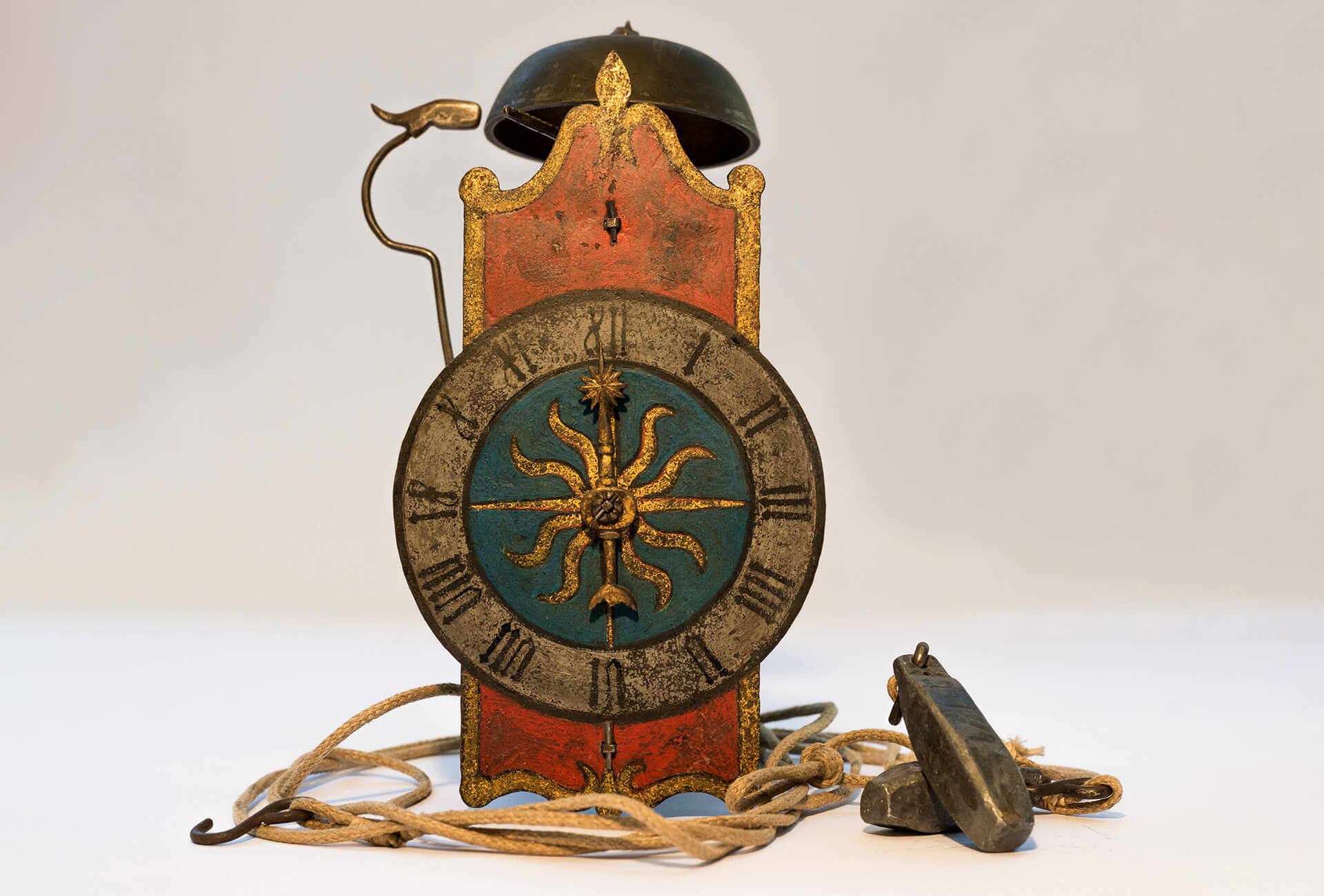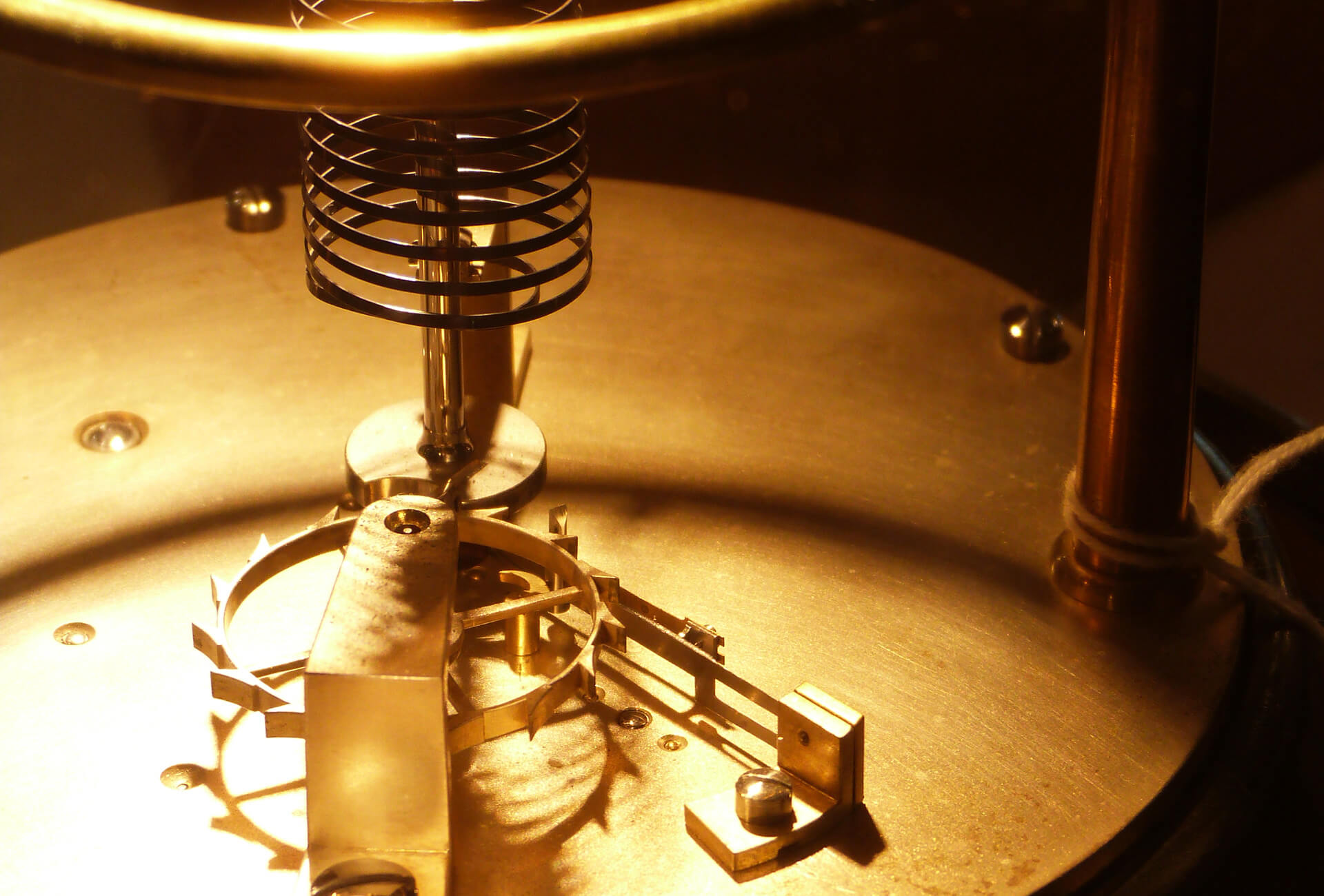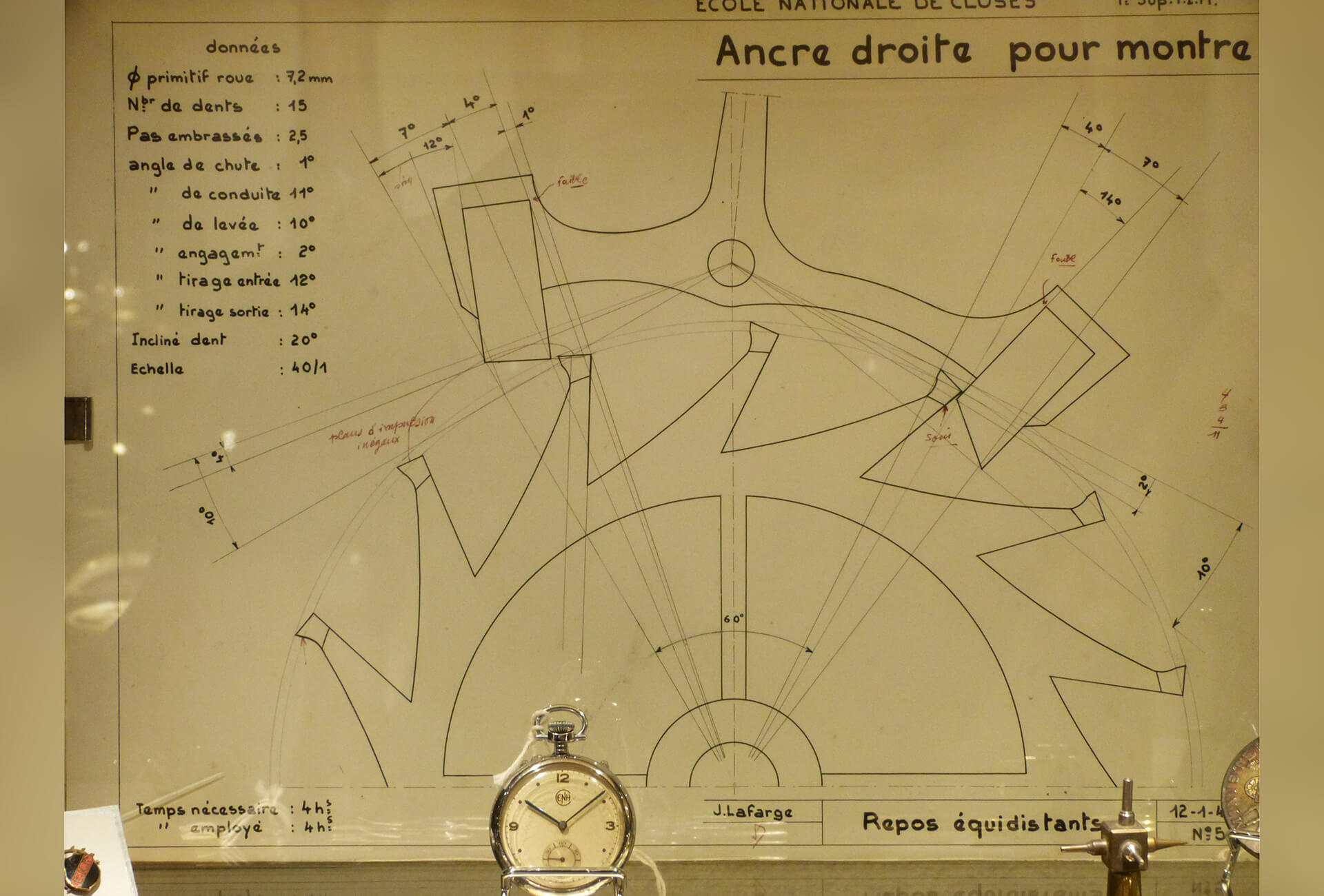The virgule escapement is one such “exotic” escapement, having never been produced in any great number. Most watch enthusiasts are familiar with the virgule through demonstration models in specialist horology museums, such as the one in Cluses, France. This original mechanism, attributed to Jean-Antoine Lépine circa 1766, was potentially less complicated to produce than a cylinder regulator, having an escape wheel that was easier to machine and with a high driving torque thanks to the comma-shaped hook that “launches” the balance in much the same way a chistera (the basket-glove in Basque pelota) throws a ball. Clearly, the watchmakers of the Enlightenment had no end of imagination, and many owed the esteem they enjoyed in higher social circles to their inventions.
Rare hence exotic
Pierre-Augustin Caron, better known as Caron de Beaumarchais (1732-1799), would not have disagreed. Age twenty-three, he challenged Jean-André Lepaute (1722-1789), watchmaker to King Louis XV, over his claim to have invented the double virgule escapement. Efficient and precise, though complex to manufacture, its qualities were overshadowed by the controversy over who, of Beaumarchais and Lepaute, was its true inventor. Lepaute had experimented with a double virgule escapement in his clocks, while Caron claimed to have devised it for his watches. How did the story end? Having been introduced to the royal court at Versailles, the young Caron succeeded in obtaining an honorary function as inspector of the King’s meals. Leaving aside watchmaking, he turned to new occupations including that of playwright – he is the author, among other works, of The Marriage of Figaro-, musician and businessman. This left Lepaute free to claim inventorship of the double virgule escapement for himself.
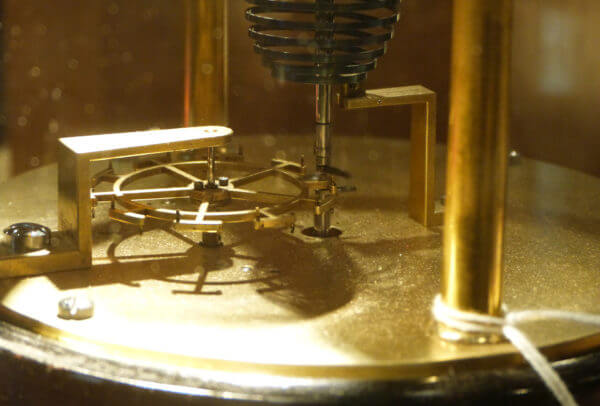
The Duplex escapement, the work of Pierre Leroy circa 1750, resembles an improved version of the regulator which Dutertre had developed some years earlier. Interesting as well as pleasing to the eye, it had the misfortune to appear just as the detent escapement was cleaning up in the high-precision market. De Béthune proposed a similarly “exotic” mechanism in the form of a double-virgule type deadbeat escapement, comparable to the one Galileo imagined in his day for his pendulum clock. Despite equipping some eighteenth-century clocks, de Béthune’s system appears never to have been used in watches on an industrial scale.
Detached escapements for classical watches
Of all the escapements of watchmakers’ invention, the most efficient and best suited to serial production is, without doubt, that of Thomas Mudge (1715-1794). His detached lever escapement quickly caught the attention of masters in search of a system that would allow them to improve precision by even the slightest amount, and yet Mudge’s escapement, which is clearly derived from the one George Graham (1673-1751) invented for his clocks, and which Le Roy also used in his marine chronometers, was surprisingly slow to catch on. Many watchmakers continued to prefer the cylinder, or instead experimented with any of the other existing mechanisms. This reluctance to use Mudge’s lever escapement is probably linked to the difficulties watchmakers would have had in sourcing stones for the pallet jewels, at least until the early nineteenth century.
As methods became increasingly industrialised, watchmakers looked for solutions that would enable serial production at the best possible price and of sufficient quality to please a large market.
As the Enlightenment drew to a close, the cylinder escapement, which could be made in small series by minimally qualified workers, contributed to the development of watch manufacturing “hubs” in the Swiss Jura region, in particular around Japy, Fontainemelon, Le Locle, La Chaux-de-Fonds and Fleurier. As methods became increasingly industrialised, watchmakers looked for solutions that would enable serial production at the best possible price and of sufficient quality to please a large market. The cylinder watch ticked all the boxes. Reasonably precise and adapted to very thin cases – certain examples from the early nineteenth century are beyond belief –, this was the perfect watch for the ordinary gentleman. Scientists and navigators had their own, more technical instruments, equipped with a special escapement or an English lever escapement with fusee-and-chain transmission.
The Swiss lever prevails
Why, one might ask, did lever escapements suddenly gain in popularity? Instrumental to their development in watches of superior quality was the availability of stones (rubies, sapphires or spinels) cut to precise dimensions. English lever escapements, whose escape wheel is recognisable by its pointed teeth, required a special lever whose pallet jewels were horizontally mounted. This often made it more difficult to adjust the active length of the stones for locking and impulse. Ultimately, the Swiss method prevailed, its escape wheel being easier to manufacture than that of a cylinder escapement.
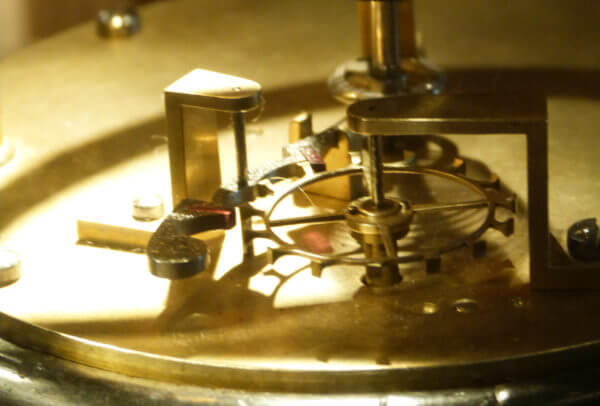
Having mastered production of this escape wheel, a manufacturer could equip its watches with a Swiss lever escapement – on condition it was also able to produce balance wheels of sufficient quality. For the watch to run to time, these had to be cut from steel and brass, and balanced by timing weights, which enabled another quantum leap in precision. Indeed, it wasn’t unusual for a skilled “régleur” to attain a level of precision that today’s watchmakers have yet to surpass. The Swiss lever escapement is now the most common of all, and best suited to serial production within acceptable chronometric tolerances. It has also evolved considerably in recent years through the introduction of new materials such as silicon. To the point, in fact, that it could very well be renamed.













